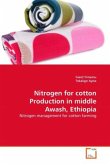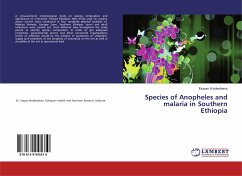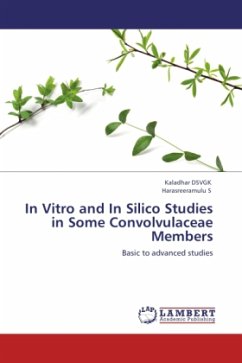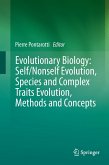A cytotaxonomic analysis of S. damnosum s.l. collected from three endemic sites in south-western Ethiopia and two non-endemic areas in southern and central Ethiopia, respectively, has revealed the existence of five cytoforms: Kisiwani (a non-anthropophilic cytoform common in East Africa) and Kulfo forms from south-western and southern Ethiopia respectively and newly recognized cytoforms Bebeka and Jimma in south-western Ethiopia and Sodere form in central Ethiopia. As Bebeka and Jimma are not only highly anthropophilic but also, apparently, the only anthropophilic members of the S. damnosum complex present in their respective areas, they are the main (if not the only) vectors of Onchocerca volvulus in south-western Ethiopia. While Sodere and Kulfo are not presumed to be vectors as they are not anthropophilic and the study sites are free from onchocerciasis. The presence of IS-1 and a complex inversion possibly involving IL-3 in all the cytoforms except in Kisiwani strongly indicates that the cytoforms belong to the Nile phylogenetic group of S. damnosum s.l.








